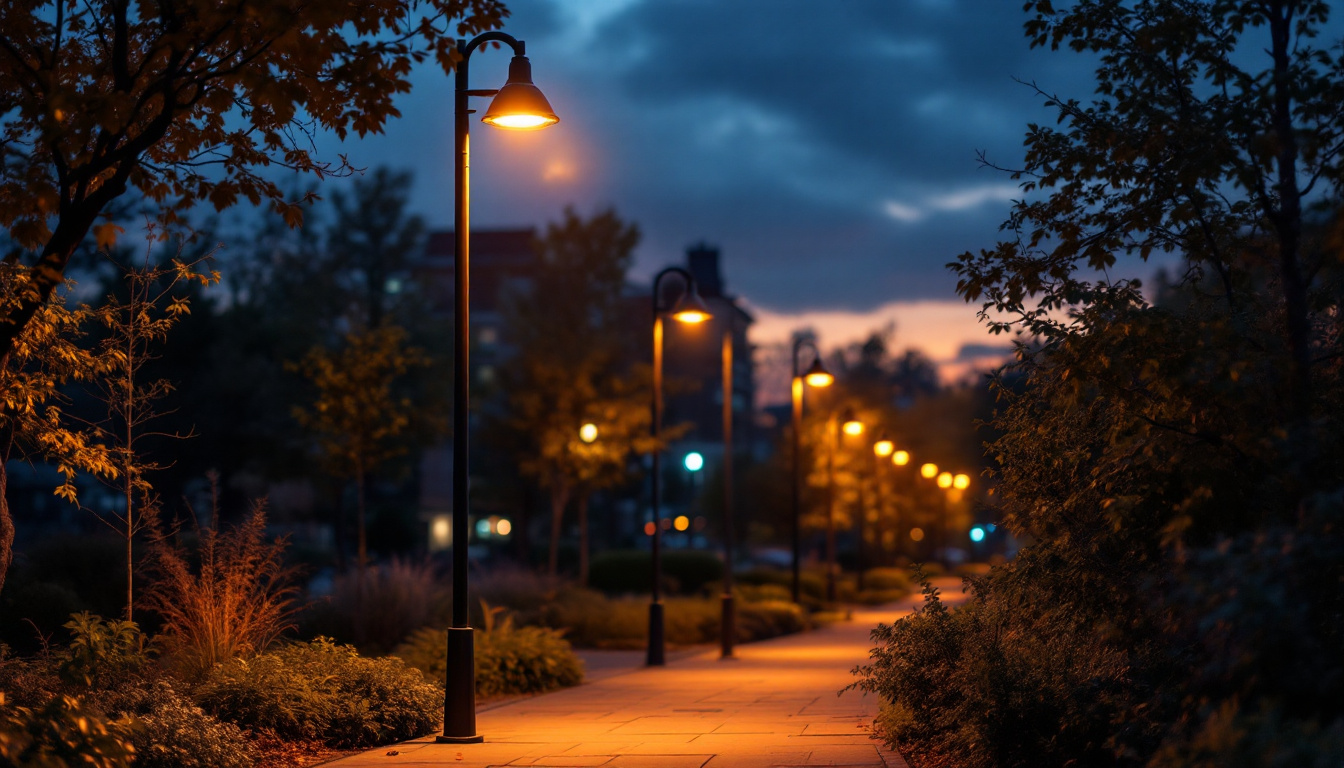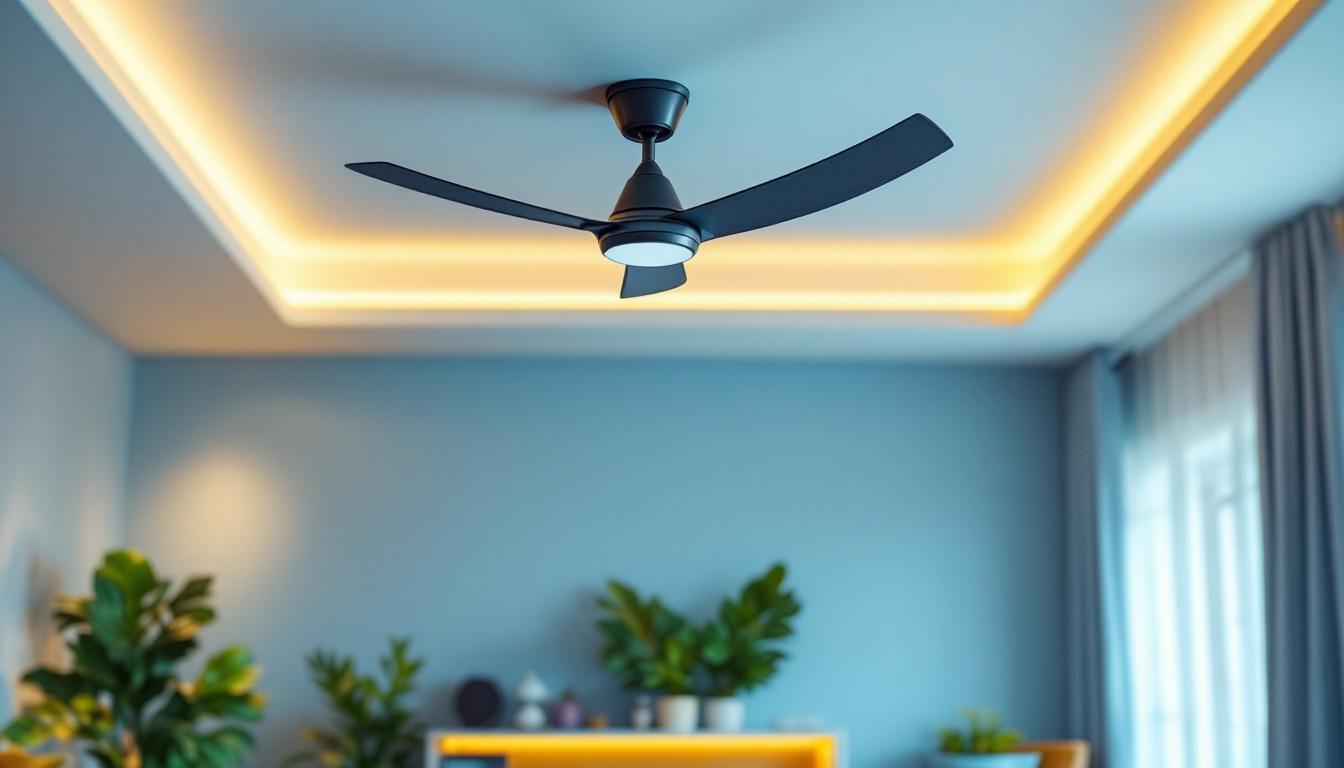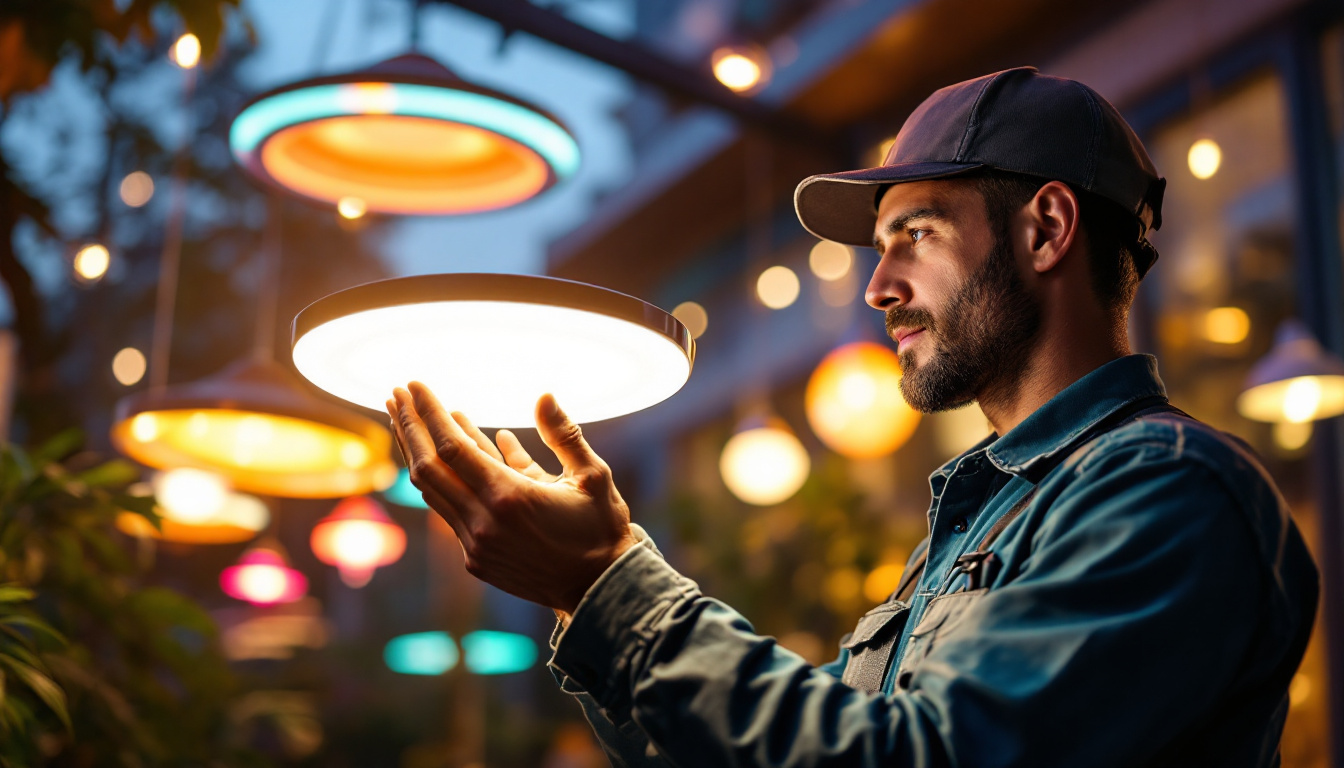
In the realm of outdoor lighting, pole lighting serves as a fundamental component, enhancing visibility, safety, and aesthetic appeal. For lighting professionals, understanding the intricacies of outside pole lighting is crucial. This article provides a comprehensive checklist that covers essential aspects to consider when planning, installing, and maintaining outdoor pole lighting systems.
Before delving into specifics, it is essential to grasp the foundational concepts surrounding outside pole lighting. These systems are designed to illuminate outdoor spaces, ranging from parking lots to parks, pathways, and commercial properties. The right lighting not only improves safety but also enhances the ambiance of an area. In addition to providing visibility, outside pole lighting can deter crime, guide pedestrians, and create a welcoming atmosphere for visitors. As urban areas continue to grow, the demand for effective outdoor lighting solutions has become increasingly important, leading to innovations in design and technology.
Outside pole lighting comes in various forms, each serving different purposes. Common types include:
Choosing the right type of lighting is crucial for meeting the specific needs of the project at hand. Factors such as energy consumption, maintenance requirements, and the desired aesthetic should all play a role in the decision-making process. Additionally, integrating smart technology into outdoor lighting systems is becoming more common, allowing for features like motion sensors and dimming capabilities that enhance both functionality and efficiency.
When planning the layout for outside pole lighting, several factors must be taken into account:
Furthermore, it is vital to consider the local regulations and standards regarding outdoor lighting, as many municipalities have specific guidelines to minimize light pollution and protect the night sky. Understanding these regulations can help in designing a lighting plan that is not only effective but also compliant with local laws. Additionally, the aesthetic aspect of lighting should not be overlooked; decorative poles and fixtures can enhance the visual appeal of a space, contributing to the overall design and feel of the environment.
Effective planning and design are vital in creating a successful outdoor lighting scheme. A well-thought-out design not only enhances functionality but also contributes to the overall aesthetics of the area.
A comprehensive site assessment is the first step in the planning process. This involves evaluating the existing conditions, including:
By gathering this information, lighting professionals can make informed decisions about the types and placements of lights needed for optimal performance. Additionally, understanding the natural light patterns throughout the day can significantly influence the design. For instance, areas that receive ample sunlight during the day may require less artificial lighting, while shaded regions might need more robust solutions to ensure safety and visibility at night.
Once the site assessment is complete, the next step is to develop a detailed lighting plan. This plan should include:
A well-structured lighting plan serves as a roadmap for the installation process, ensuring that all aspects are covered. Furthermore, it is essential to consider the environmental impact of the lighting choices. Selecting energy-efficient LED fixtures not only reduces electricity consumption but also minimizes light pollution, which can disrupt local wildlife. Incorporating dimmable options or motion sensors can further enhance energy savings and provide flexibility in lighting intensity based on the time of day or the presence of people in the area.
The installation of outside pole lighting requires careful attention to detail and adherence to safety standards. Proper installation not only ensures functionality but also prolongs the lifespan of the lighting system.
Before installation begins, the site must be prepared. This includes:
Preparation sets the stage for a smooth installation process, minimizing potential delays or complications. Additionally, it is advisable to conduct a thorough assessment of the area to identify any underground utilities or hazards that may not be immediately visible. This step is crucial as it prevents accidental damage during the installation process, which could lead to costly repairs and safety risks. Furthermore, considering the surrounding landscape can help in determining the best locations for the poles to achieve optimal lighting coverage while also enhancing the aesthetic appeal of the environment.
The next step involves the actual installation of poles and fixtures. This process should follow these guidelines:
Attention to these details during installation can significantly impact the performance of the lighting system. It is also important to consider the type of fixtures being used, as different designs may have varying requirements for installation and maintenance. For instance, LED fixtures, known for their energy efficiency and longevity, may require specific mounting techniques to ensure optimal heat dissipation. Moreover, conducting a post-installation inspection can help identify any issues that may have arisen during the process, allowing for timely adjustments before the lighting system is put into operation. This proactive approach not only enhances safety but also ensures that the lighting performs as intended, providing adequate illumination for the designated area.
Even the best-installed lighting systems require ongoing maintenance to ensure optimal performance. Regular checks can prevent issues and extend the lifespan of the fixtures.
Establishing a routine inspection schedule is crucial for identifying potential problems early. Inspections should include:
Regular inspections help maintain the integrity of the lighting system and ensure consistent performance.
Lighting professionals should be prepared to troubleshoot common issues that may arise, such as:
Being equipped with troubleshooting knowledge can save time and resources when addressing issues promptly.
Safety is paramount when working with outside pole lighting. Adhering to safety protocols protects both the workers and the public.
When dealing with electrical installations, it is essential to follow safety guidelines, including:
Prioritizing electrical safety helps prevent accidents and ensures a safe working environment.
Outdoor lighting can impact local wildlife and ecosystems. Therefore, it is vital to consider:
Being mindful of environmental considerations demonstrates a commitment to sustainability and responsible lighting practices.
Outside pole lighting plays a critical role in enhancing safety, functionality, and aesthetics in outdoor spaces. For lighting professionals, adhering to a comprehensive checklist that encompasses planning, installation, maintenance, and safety considerations is essential for successful projects. By following these guidelines, lighting contractors can ensure that their outdoor lighting systems meet the highest standards of quality and performance.
As the demand for effective outdoor lighting continues to grow, staying informed and prepared will enable lighting professionals to excel in their field, delivering exceptional results that meet the needs of their clients and communities.
Ready to elevate your outdoor lighting projects with the highest quality pole lighting solutions? At LumenWholesale, we provide lighting professionals like you with spec-grade products that blend performance with affordability. Say goodbye to local distributor markups and hello to our extensive selection of reliable lighting options, all at unbeatable wholesale prices. Plus, with free shipping on bulk orders, you can trust that you’re getting the best value without any hidden costs. Don’t compromise on quality or price. Visit LumenWholesale today and discover the ideal lighting solutions for your needs, ensuring every project shines with excellence.

Discover how indoor LED lighting can transform your space with energy-efficient solutions and customizable designs.

Discover why ceiling fans are often overlooked yet essential components in lighting projects.

Discover how LED T5 shop lights can revolutionize your lighting projects by boosting efficiency and reducing costs.

Discover the top benefits of UFO LED lights for lighting contractors, including energy efficiency, durability, and superior illumination.